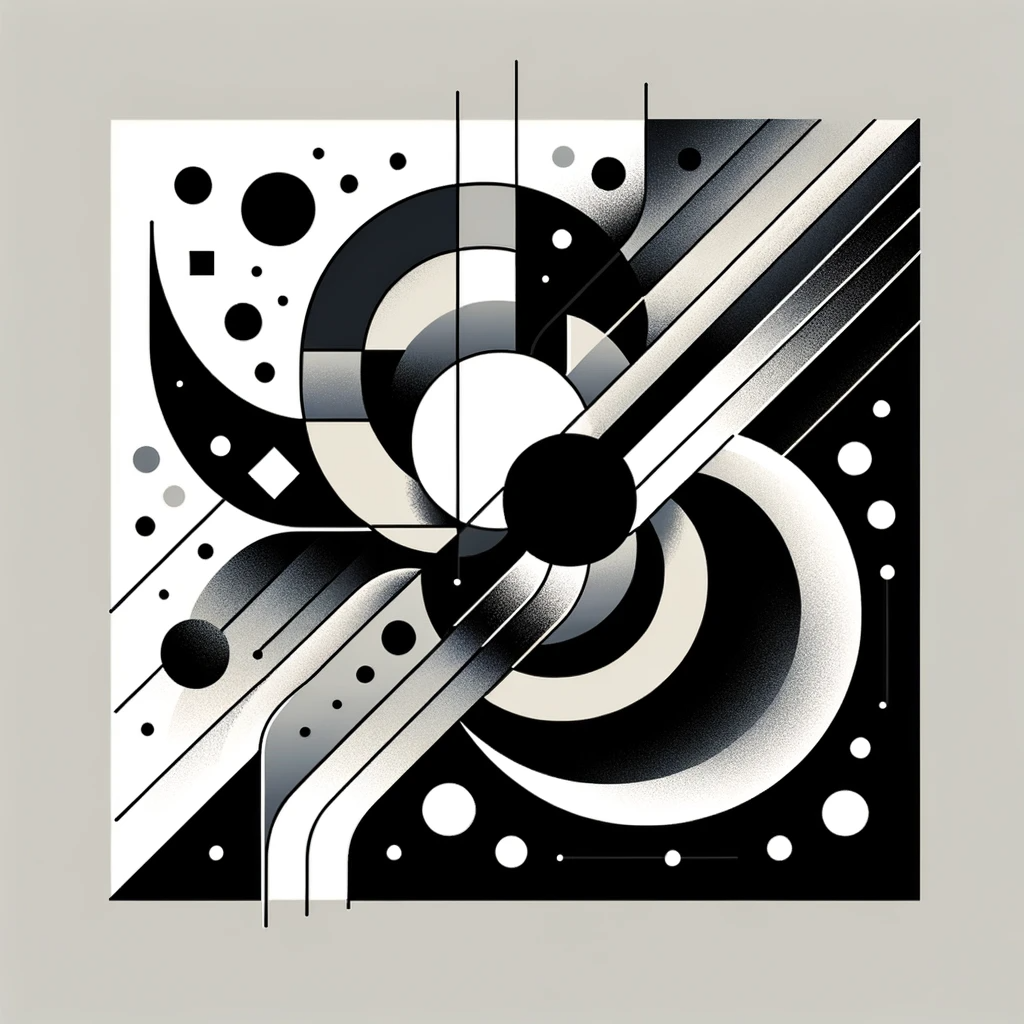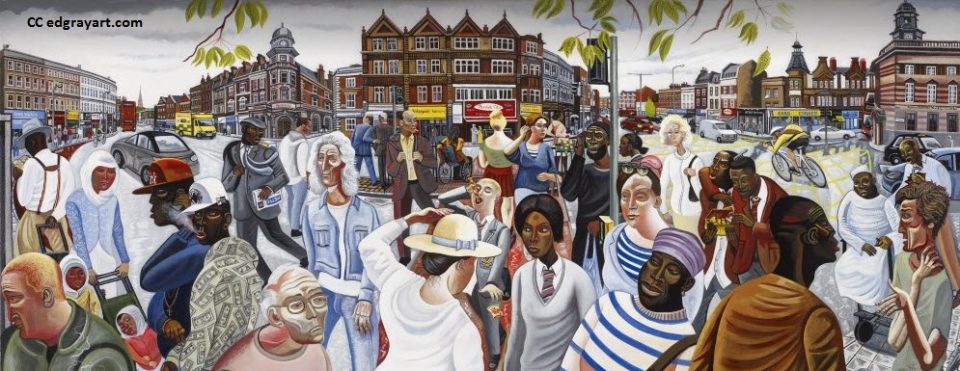The following blog post was created entirely by AI (MS Teams/Claude/ChatGPT/DALL-E).

The Beginnings: Cybernetics and Art in the UK
In the late 1960s, a groundbreaking shift occurred in the UK’s art scene as artists began to integrate computers and artificial intelligence into their creative processes. Catherine Mason, an expert in this field, has delved into the history of this evolution, focusing on a central question: Will machines amplify or supersede the artist?
Cybernetics, a science concerned with communication and control theory, played a crucial role. It provided artists with a new framework, emphasizing control, communication between art components, and feedback from the environment or audience, enabling interactivity in art.
Pioneers of the Computer-Art Movement
Among the pioneers was Gordon Pask, known for his interactive artworks that explored the human-machine relationship. Another influential figure was Richard Hamilton, who envisioned a fusion of human and machine, leading to the concept of a “technological superhuman.” His notable students included Roy Ascott, who created innovative “change paintings” that allowed viewers to interact and modify the artwork.
Ascott’s “Ground Course” classes were ahead of their time, preparing students for a technologized future. Interestingly, music and visual arts innovator Brian Eno was among his students. These classes, although devoid of actual computers, used analog devices to impart cybernetic concepts.
Landmarks and Collaborations
The 1968 “Cybernetic Serendipity” exhibition at London’s ICA marked a significant moment, bringing together artists, scientists, and computing experts. This exhibition led to the formation of the Computer Arts Society in 1969, aiming to facilitate artists’ access to computers.
Collaborations between artists and technicians became a necessity due to the limited access to technology. A notable example was the 1971 animation “Spinning Gazebo,” created by graphic designer Clive Richards and computer programmer Ron Johnson at Coventry Polytechnic.
Educational Contributions and Advancements
The Slade School of Fine Art established an Electronic and Experimental Art department in 1974, under Malcolm Hughes. This department played a critical role in educating artists in coding and technology-driven art creation. Alumni like Paul Brown and Harold Cohen, who developed the Aaron drawing robot, were instrumental in advancing digital art practices.
Conclusion: The Legacy and Future of Digital Art
Catherine Mason’s exploration concludes that the digital art practices we see today are deeply rooted in the endeavors and innovations of over half a century ago. This historical perspective not only sheds light on the evolution of the human-machine relationship in art but also hints at the potential future directions of this dynamic and ever-evolving field. Understanding this history is key to appreciating the depth and complexity of today’s digital art landscape, as well as envisioning its future trajectory.
